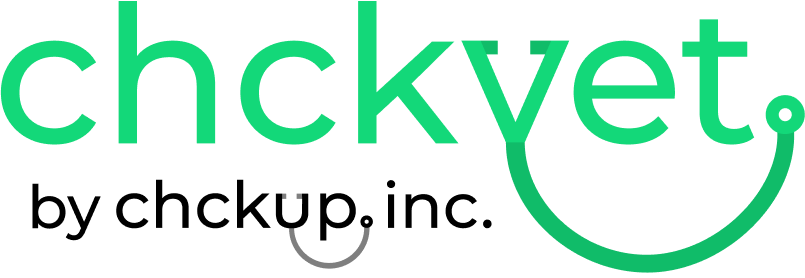Table of Contents
What Is Structured Data?
Some Examples of Structured Data
Rich Snippets
Rich Cards
Knowledge Panels
Breadcrumbs
Articles
FAQs
How You Can Use Structured Data for Your Veterinary Practice’s Website
Get More Clicks for Your Practice’s Website with SEO
What Is Structured Data for SEO, and How Does It Boost Your Veterinary Practice's Website?
Elliott Greenwood
May 19, 2023 · 3 min read

Using structured data for SEO can help boost the visibility of your practice’s website to new and existing clients. Learn tips on how to get started adding structured data markups.
Search engine optimization (SEO) is a marketing practice that makes websites more readable by search engines.
When you use structured data for SEO purposes, you can significantly enhance your veterinary practice’s website in the search results pages of Google and other search engines.
Read on to learn the purpose and benefits of structured data, including tips for how to get started adding structured data markups to your veterinary clinic’s website.
What Is Structured Data?
When referring to SEO, structured data is a tool for helping search engines understand how to interpret and display the content on your web page.
While languages like the one you’re reading now are a great way for humans to communicate, they’re too ambiguous for search engines.
By using structured data for SEO, you’re optimizing your web pages to rank in search engines.
You can create structured data using supported markup vocabulary, such as Schema. Using Schema’s website, you can find standardized markups for whatever data type you want to tag on your site.
Some Examples of Structured Data
You can find hundreds of schema markup types, which typically fall into the following categories:
Rich Snippets
Rich snippets are enhancements for your web page in search engine results pages (SERPs), displaying information like reviews, images, and location data.
Rather than simply having the title and description, your web page result shows users helpful information to enrich the search experience and increase organic traffic to your site.
Rich Cards
Rich cards are the mobile version of rich snippets. When someone types their search query into a mobile device, rich cards will be at the top of the page.
Considering how the internet has shifted from primarily desktop to primarily mobile, rich cards are very important when looking to boost the visibility of your veterinary website.
Knowledge Panels
In search results, a knowledge panel appears to the right of the results and includes key information from the web page’s content. The typical content in a knowledge panel about a local business includes:
Images
Physical Address
Operating hours
Phone number
Reviews
Breadcrumbs
Breadcrumbs replace URLs above the title of search results pages, indicating the relationship of the web page to the rest of the website.
Breadcrumbs help users understand the hierarchy of your site’s web pages and could lead them to click other links on your website.
Articles
You can add structured data to your blog post or news article to help Google understand the page’s content and display improved title text, images, and dates in search results.
Using this strategy helps your articles become features at the top of search results for specific topics.
FAQs
People looking for information about a business often turn to the frequently asked questions (FAQ) section of Google search results.
With structured data, you can help potential or existing clients find answers to their questions about your veterinary practice.
If you’ve made it this far, you’re probably like, “This is great and all, but why should I care and how will this help me?’
Below we’ll walk through exactly what you should do to improve your practice’s visibility online and convert more potential pet owners into clients.
How You Can Use Structured Data for Your Veterinary Practice’s Website
You can find many tools and plug-ins to help you add structured data to your site.
Below, I’ve included an example of how you can implement structured data for your practice’s website using Google’s Structured Data Markup Helper:
Open Google’s Structured Data Markup Helper
Choose the type of content data you want to add (i.e., Articles, Local Businesses)
Click “Start Tagging”
Highlight components of your web page to assign data tags
After adding tags, click “Create HTML”
Download the structured data markup
Add HTML markup to web page source code
Test the markup with Google’s Rich Results Test and fix errors
Get More Clicks for Your Practice’s Website with SEO
Chckup provides your veterinary practice with tools for analyzing your clinic’s performance, addressing office inefficiencies, and improving communication with clients. We help you dig up the data needed to identify problems in your practice and offer solutions for the issues you find, all in real time.
With our Analytics and Engagement solutions, you can save your veterinary team tons of time, allowing you to focus more of your time on client experience.
Ready to improve your veterinary practice? Try our demo today!
Are you a veterinary professional?
If you're in the veterinary field and you're interested in giving your practice the extra hands it desperately needs, book an 8 minute demo with Chckvet. Our platform helps busy practices handle call overload, boost revenue per client, and increase client satisfaction by providing actionable insights and easy-to-use technology to help you stay on top of everything.
Book an 8 minute demo
Looking for a better solution?
Discover how Chckvet can help fill your schedule and give your team their time back.
